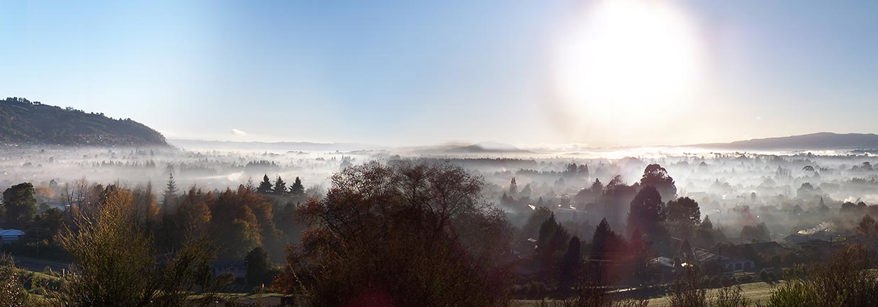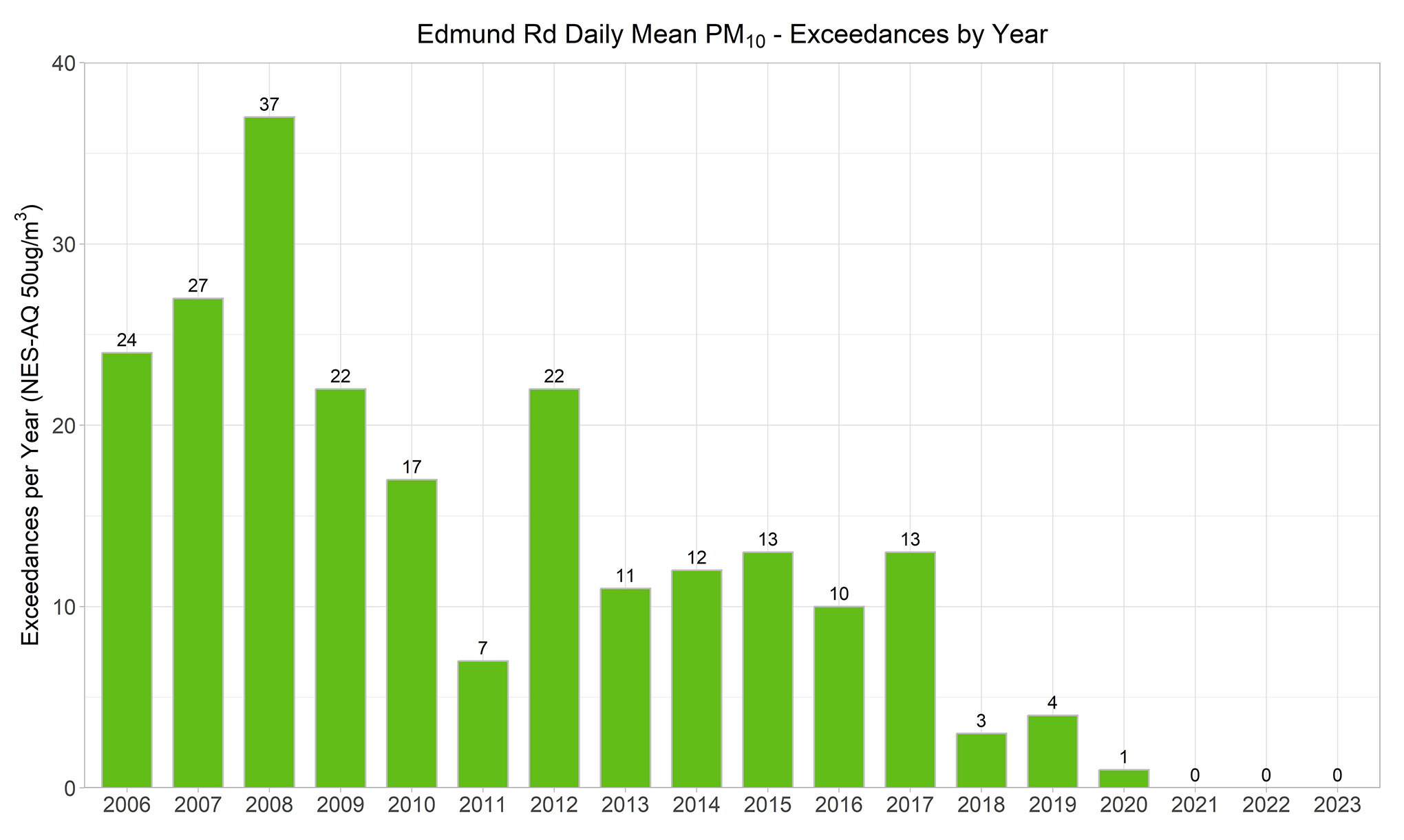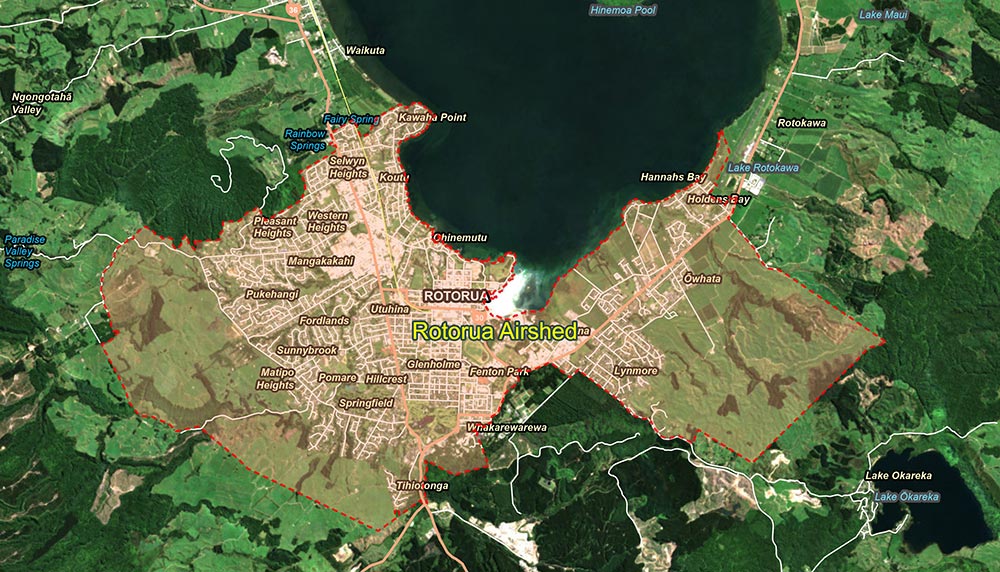Airsheds are a tool that allow councils to monitor and introduce rules to help improve air quality for a specific area. The Rotorua Airshed was first gazetted in 2005.
The boundary was previously re-gazetted in 2018 to cover some areas of proposed new residential development, however at that time housing prices and demand in Rotorua were still relatively stagnant and massive growth in the immediate future was not expected. Rotorua is now firmly in a housing crisis and further residential development is beginning to happen in areas next to the Airshed.
Any burners installed in houses in these areas will contribute to the PM10 concentration in the Airshed, and have the potential to compromise all the hard work the Rotorua community has done over the last 15 years to improve air quality in the Airshed.
The National Environmental Standards for Air Quality are also in the process of being amended by Central Government. Extending the Airshed is a good first step in preparation for the more stringent regulations that are proposed, and the air quality targets that we will need to meet in future. Therefore, in July 2021, Regional Council applied to the Ministry for the Environment to extend the boundaries of the Rotorua Airshed.
The Ministry for the Environment has now granted our application to re-gazette the Rotorua Airshed and extend the boundary. The new boundary came into effect on 3rd June 2022.





